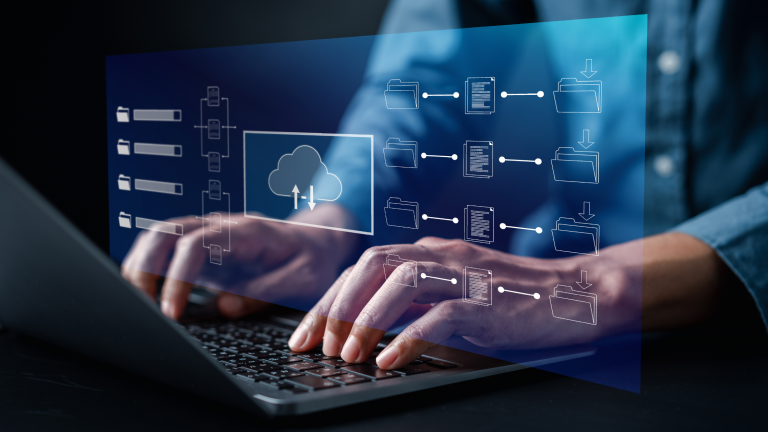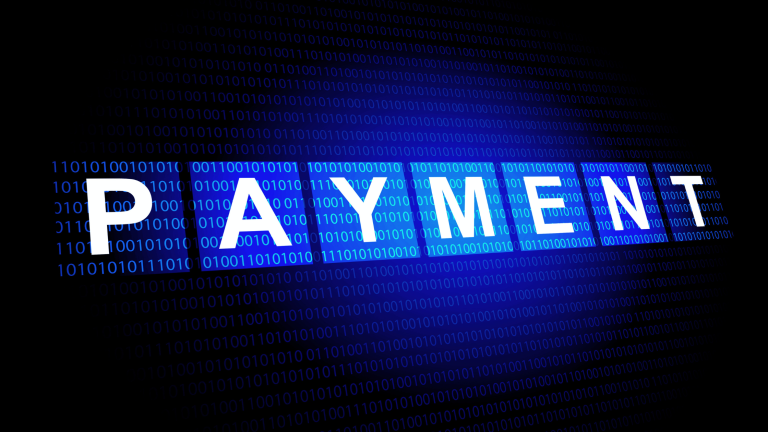AI-generated art has moved rapidly from novelty to mainstream tool — empowering creatives, startups, and brands to generate high-quality visuals at unprecedented speed and scale. But as this capability spreads, it collides with long-standing frameworks of intellectual property, authorship, and ethical use.
The core question: Who owns the image created by an algorithm trained on millions of artworks? The answer remains unsettled — legally, ethically, and practically. And for creators, businesses, and platforms alike, this uncertainty introduces risk where clarity is most needed.
AI-Generated Art and the Limits of Copyright
AI-generated art is typically produced using text-to-image models like DALL·E 3, Midjourney, and Stable Diffusion. These systems are trained on billions of visual samples scraped from the web. When a user enters a prompt — say, “a futuristic cityscape at sunset in watercolor style” — the model generates a new image by statistically approximating what that prompt should look like, based on its training.
While the result may be new, the rules around who owns it are outdated or nonexistent.
In 2025, the U.S. Copyright Office reaffirmed its position: works created entirely by AI, without substantial human input, are not eligible for copyright protection. This stance was tested in the Zarya of the Dawn case, where the office denied protection for comic book panels generated with Midjourney, while granting limited rights to the accompanying text and layout.
AI-generated works not copyrightable (Source: U.S. Copyright Office)
As a result, a growing volume of commercially used imagery — from ad banners to album covers — may exist without enforceable intellectual property rights. In most cases, use is governed not by copyright law, but by platform-specific terms of service.
Who Owns an AI-Generated Image? A Fragmented, Risk-Prone Reality
Ownership in AI-generated art isn’t just unclear — it’s divided across stakeholders who all contribute, but none of whom control the outcome.
1. The User Who Prompts the Model
Many users assume that because they authored the prompt, they own the AI-generated image. But current copyright frameworks don’t typically recognize prompt authorship as creative ownership. Without copyright protection, these visuals can be reused, modified, or monetized by others — and the original creator has no legal recourse.
AI-generated image based on prompt for ‘Queen Bey’ figure (Source: digitaltrends)
Even under commercial plans, users are rarely granted exclusivity — meaning identical or similar outputs could appear in other products, campaigns, or datasets, without notice or restriction. For creators and companies seeking originality, that risk undermines the very value AI was meant to deliver.
2. The Platform That Hosts the Model
Platforms like OpenAI and Midjourney don’t grant full ownership over generated content. Instead, they operate on licensing terms that typically allow users to use or commercially exploit outputs, but not to claim exclusivity. Even with a paid plan, users are subject to platform rights — which often include the ability to:
- Reuse user-generated images for internal development
- Feed outputs back into model training
- Change usage policies at any time
This means users can legally sell AI-generated images, but they can’t stop others — including the platform itself — from doing the same. For businesses that rely on custom visuals, product design, or brand assets, this uncertainty undermines control. There’s always a risk that the same imagery or derivative concepts may appear elsewhere, limiting competitive edge and creating potential conflicts around originality or ownership.
3. The Artists Whose Work Trained the Model
AI models learn from billions of human-created artworks, often scraped without consent. While outputs don’t copy specific works, they often mimic style, composition, and subject matter. Artists have argued that this constitutes algorithmic plagiarism — a position now central to lawsuits against companies like Stability AI.
In sum: AI art sits in a legal and ethical gray zone. Each party involved contributes something, but none hold complete rights. And that makes ownership difficult to define — and dangerous to assume.
Real-World Example: The ChatGPT Action Figure Generator
A compelling case of ownership ambiguity comes from the ChatGPT Action Figure Generator — a tool that lets users input prompts like “a battle-hardened Queen Bey in futuristic golden armor” to instantly generate stylized toy-box visuals.
The results feel personal and creative. Many users proudly share their figures on social media, frame them, or print them as novelty merch. But beneath the surface lies a critical question: who owns the image?
According to OpenAI’s usage policy, paid users may use outputs for commercial purposes — but OpenAI retains a broad license to reuse, publish, or analyze user-generated content. That means:
- Your generated figure could be repurposed in future model training or promotional material
- You can’t claim exclusivity — even if you paid for access
- Others could create similar outputs from similar prompts, and you’d have no basis to contest it
What complicates matters further is that outputs are non-deterministic. Two users can input the same prompt and receive different results — or similar results from different phrasing. This lack of reproducibility makes it difficult to prove originality or assert infringement.
The ChatGPT figure tool showcases the accessibility of AI creativity — but also exposes the ownership vacuum. Users may feel like creators, but in legal and licensing terms, they’re often just licensees operating within platform-defined boundaries.
How the Industry and Regulators Are Responding
Some platforms are moving preemptively. Adobe Firefly, for instance, trains its models exclusively on licensed content from Adobe Stock and open-licensed datasets. This allows Adobe to offer users commercial indemnity — critical for enterprise clients.
Legal frameworks are also evolving:
- The European Union’s AI Act proposes requiring platforms to disclose what data they used to train generative models
Several class-action lawsuits are in progress in the U.S., including the Getty Images suit against Stability AI - In Japan, the government confirmed that copyrighted works may be used for AI training without permission, provided the use is non-infringing — a move that further complicates international standards
For companies deploying AI visuals at scale, this evolving landscape demands more than technical experimentation — it requires risk reviews, governance frameworks, and often, tailored development pipelines. Strategic partners can help navigate these complexities, not just build tools.
And while regulation tries to catch up, the next wave is already forming. This article on Superintelligent AI and Web3 explores how generative tools and decentralized networks may ultimately reshape how ownership and authorship are defined in digital ecosystems.
Conclusion
AI-generated art challenges our basic assumptions about creativity, labor, and intellectual property. It blurs the line between inspiration and reproduction, between user and author, between ownership and access.
Until legal systems catch up, those using AI-generated images — whether in design, publishing, marketing, or product development — must understand the limitations:
- You may have permission to use AI art
- But you likely don’t own it
- And you’re not protected against others using something similar — or even identical
The promise of generative creativity is real. But without accountability, attribution, and clear rules, that promise comes with risk. In the age of AI art, the image is easy to generate — but the rights behind it are still under construction.
For teams integrating generative AI into real-world projects, this means making careful decisions around usage rights, model transparency, and content governance. At Twendee, we support organizations exploring these intersections — helping them develop AI systems with clear boundaries, ethical safeguards, and scalable foundations for Web3 ecosystems.
To learn how we build toward more secure and intelligent creative pipelines, follow us on LinkedIn and X (Twitter).





